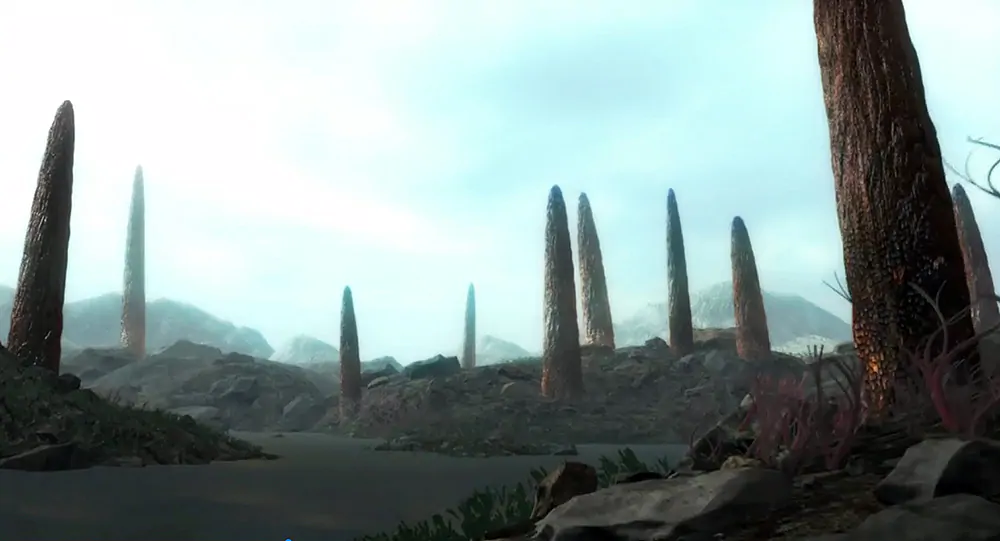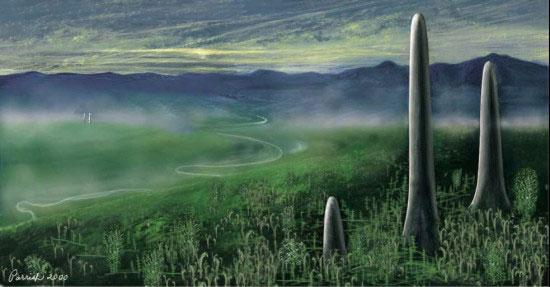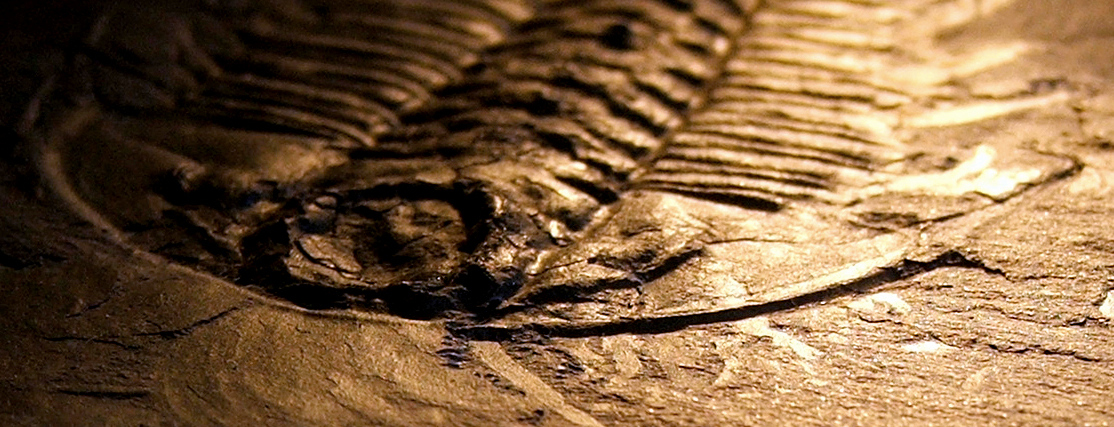Term overview
An overview of what we’ll cover this term
Each week we’ll cover a principle or theme that helps us to understand what ecology is, how it can be inferred from fossil assemblages, and how the processes of preservation can distort our view of original living communities. This will help us to form evidence-based reconstructions of ancient environments.
The key themes we'll tackle are:
- 1: Palaeoecology
- 2: Succession: how ecosystems mature
- 3, 4: Classification: identifying and quanitfying diversity
- 5: Taphonomy: how fossils preserve
- 6: Functional morphology: reconstructing fossil lifestyles
- 7: Ichnology: reconstructing behaviour from trace fossils
- 8: Applied palaeoecology: case studies
- 9, 10: Macroecology: driving macroevolutionary trends

The course is not designed only to improve your palaeontological knowledge; I hope to also help you develop some wider research and communication skills that will be useful in the future – both when writing dissertations, and when professionally employed.
Key skills you’ll develop:
- Data collection and interpretation
- Critical analysis
- Communication of insights
- Independent scientific research

The first four weeks will aim to develop general and specific research skills, introducing you to specific palaeoecological techniques, their use and their interpretation. In weeks 5–10 you will become increasingly independent, with a focus on conducting and interpreting your own research.
